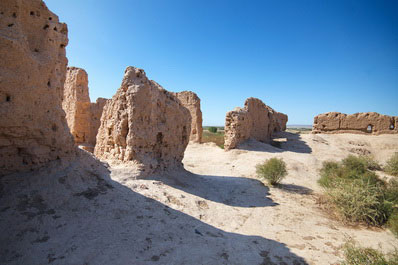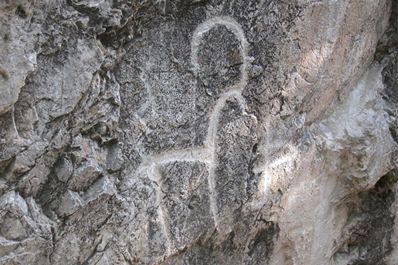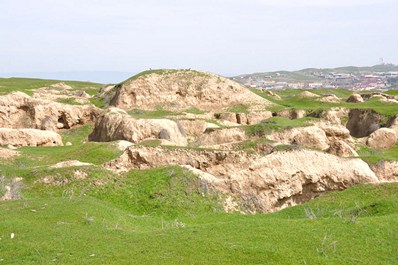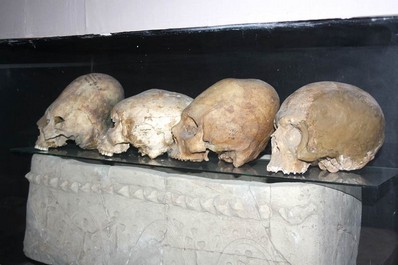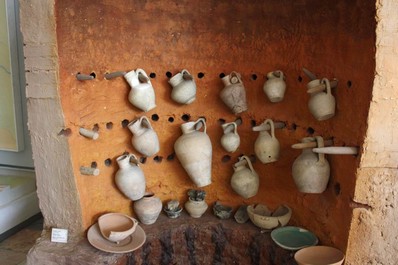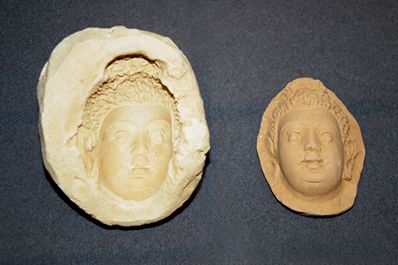Uzbekistan is located in the heart of Central Asia, between two large rivers Amu Darya and Syr Darya. History of nations, living on this territory, is more than thousand years. This land became the motherland of civilization, which is perhaps one of the most ancient in the world.
History of Uzbekistan is the history of individuals and great nations, bloody conquests and large rebellions; it is the history of origin of the most beautiful cities in Central Asia; it is the history of people, who wholeheartedly loved their homeland.
People settled on the territory of Uzbekistan centuries ago. They built beautiful cities of Samarkand, Bukhara, Khiva and others, which were ruined by neighboring tribes, but thanks to people’s efforts they again rose from the ashes and became much beautiful. This land was the crossroad of the Great Silk Road, connecting Asia and Europe. Here, in numerous bazaars and workshops craftsmen created fine works of art, which by the Silk Road reached the most remote parts of Europe and Asia.
According to archeologists, Uzbekistan is one of the most ancient places of human habitation. It is known, that the area was inhabited long before our era, in the early Paleolithic period, according to the findings of ancient dwellings in Baysun Tau mountains and primitive tools in Samarkand. In the upper Paleolithic period this land was settled by Neanderthals; their burial place, discovered in the Teshik-Tash cave, dates back to the Moustierian culture. Particularly, archeologists discovered the burial of 8-9 years old boy that gives grounds to speak about the most ancient ritual of burial on the territory of Central Asia. The child’s body was laid into a pit, surrounded by bones of a mountain goat. Excavations show that a man of that period hunted and gathered food from natural sources. Primitive tools were made of a stone as well as wood and bones.
With the development of humanity images of life rock paintings (petroglyphs) began to appear: hunting, battles and rituals. Exploring the petroglyphs of different periods of history one can "read" the history of mankind: the domestication of animals, the first religious ideas, the emergence of weapons and much more - all this is embedded by our ancestors on the rocks.
Next epoch was the Mesolithic era, 15-20 millenniums ago. Typical monuments of that period are a primitive settlement in Samarkand, upper soil layers of Machay cave of the Baysun region, rock paintings in the Shibad region and others.
Developed Neolithic era is characterized by the transition to a lower stage of barbarism, as evidenced by the settlement on the western part of Kyzyl Kum desert, near Amu Darya River, settlement in Uzgun, northern part of Karakum Desert, cave dwellings in Surkhandarya region and findings in Tashkent, Fergana, Samarkand and Surkhandarya regions. Primitive pottery, shepherd cattle-breeding and weaving were developed.
Bronze epoch in the history of Uzbekistan includes the period from the 3rd millennium to early centuries of 1st millenniums BC. It was the epoch of transformations, formation of first states on the territory of two great rivers: Ancient Baktria and Great Khorezm. It was the period of origin of first religion in Central Asia, Zoroastrianism, and first powerful empire of Achaemenids.
Ancient States in Uzbekistan
Early Middle Ages in Uzbeksitan: 5th-11th centuries
Middle Ages in Uzbekistan: 11th-16th centuries
Recent history of Uzbekistan: 19th-21st centuries



